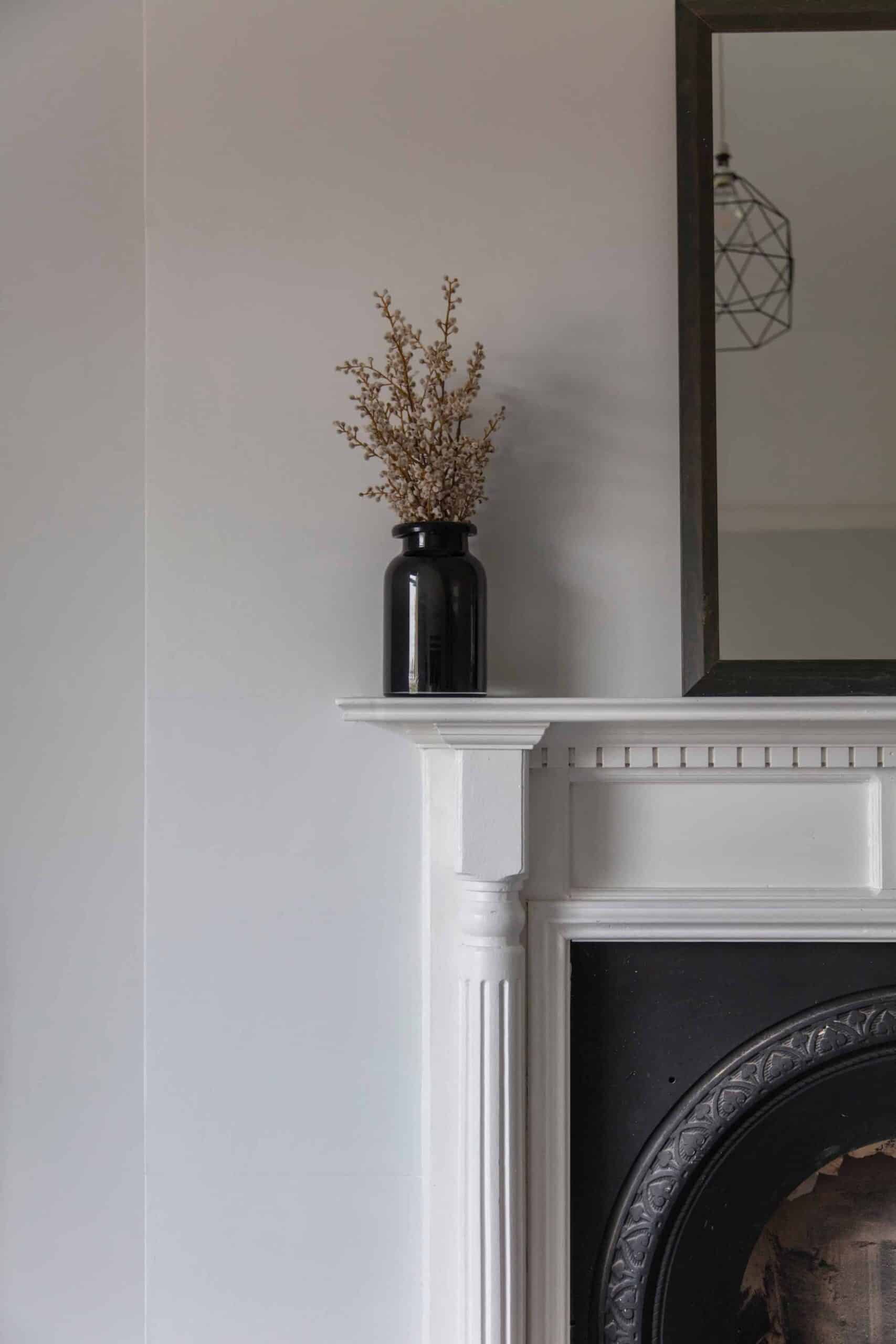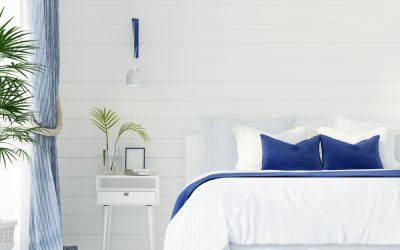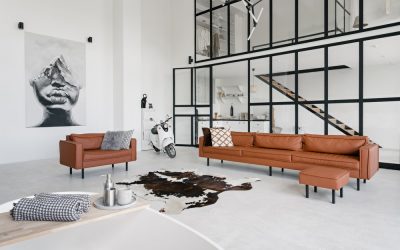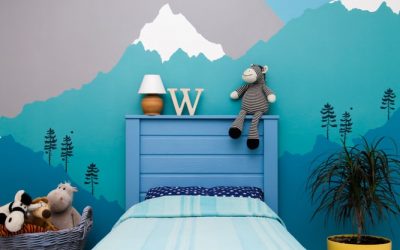Mention the Victoria era in any gathering and you will inspire images of carved wood, well-made furniture, and an overall sense of grandeur. But before we go ahead and explore the elements of Victorian interiors, let us first go back in time and look at the interior history of the period. Understanding Victorian history provides us with an intriguing insight into how Victorian décor evolved and changed.
When the industrial revolution occurred in the 1830s, the middle classes suddenly gained affluence. With this affluence came the desire to adorn their homes with elements that had previously belonged only to the upper classes. At the same time, the rise of machines to mass produce furniture and opulent pieces drove the prices down. Consequently, interior décor went from being an upper-class hobby to a lifestyle available to the common person – because now everyone could afford it! So, the Victorian period was really all about the appearance of luxury. It did not matter whether that luxury was real or replicated so long as it looked luxurious. Lavish furnishing and opulent decorative items were a sign of good taste, whereas a home with less was an indication that its dwellers belonged to a lower class.
Other major developments that occurred during the Victorian era and changed interior decor were color technology and globalization. Whereas old painting methods derived paints from vegetable dyes and came in earthy tones, new painting technology meant that Victorians had access to strong bold colours. These colours were used to paint striking florals, stripes, and plaids. As a result, Victorian homes were busy and colourful places.
Globalisation in the Victorian period meant that trends and patterns travelled faster from place to place. Magazines showcased décor trends in-fashion and helped styles and trends move around. Through greater pattern influence from the East, Victorians started creating distinctive interior styles thereby creating a wide range of what is classed as ‘Victorian interiors’.
Elements of The Victorian Style
Wood
Wood by far was a very popular Victorian decorating material. It was used as an architectural feature to pull together different décor, and it was a very common flooring. It was also ornately carved into elaborate wooden furniture made of oak or walnut.
Architectural Features
Victorian walls were never plain. Architectural features such as wainscoting paneling and carved crown moulding were very common. The detailed carvings and layers added a whole new level of sophistication.
Lots of Colour!
Next in line comes colour. Now colour is important when talking about Victorian Interiors. Deep, dark jewel-like tones such as emerald-green and burgundy were popular at the beginning of the period. These colours were mostly used to hide the lingering ash and smoke from coal fires. As technology developed and cleaner gas options became available, lighter colours came into fashion. So really, both dark and light colour palettes can be used to describe the Victorian period.
Accessories
Ornamentation was big. The more accessories in a space, the better. Victorian homes were busy places full of colour, florals, accessories, and grand furniture.
How Can I Modernise Victorian Design/Create a Modern Victorian Space That Works For You
The Victorian style on its own can look a bit fussy and it definitely looks a dated for the 21st Century. On the other hand, an ultra-modern interior can lack the character found in abundance in the Victorian design. This is why mixing the two styles actually makes a lot of sense. But the combination of the two design styles has to be a thoughtful blend to avoid creating a jumbled-up sort of look.
If you decide to have a go at designing a modern-Victorian space, here are 7 things to consider:
- No Plain Walls!
Add character to your walls to achieve that Victorian structure. Walls were never plain in Victorian homes. Wainscoting, built-in bookshelves, and ornate crown mouldings create the perfect Victorian backdrop. Once your Victorian backdrop is ready, dress up your room in a mixture of Victorian and modern pieces. Sit with the pieces for a while before deciding on the final look of the room.
- Add Modern Furniture to a Victorian Space or Victorian Furniture to a Modern Space
Modern furniture in a Victorian room can create the perfect blend of old and new without overdoing it. Similarly, Victorian furniture with tufting or pleating in a plain modern space might add just the touch of character and history you are looking for. In fact, tufting as a furniture style can be used on modern furniture to create the perfect marriage of Victorian and modern.
- Fringe!
If we have not said it yet, more is always more in the Victorian design style. Fringe was added to tapestry and furniture alike to create an image of grandeur and luxury. If you are creating a modern Victorian space, try adding fringe to a few pieces of furniture to elevate your pieces and create that Victorian oomph. To keep your space livable and less fussy, you can use modern textiles instead of velvet. Modern Victorian is all about mixing different eras to create a truly unique space.
- Use Lighting to Upgrade a Victorian Space
Modern lighting in a Victorian structure can add a lot of modernity to the space without removing the beautiful Victorian charm. However, not all modern lighting will work, so follow the usual rules of scale and size until you find that perfect match. Mixing the two eras does involve a bit of experimenting till you achieve that perfect marriage of old and new.
- Ornately Carved Wood
The Victorians loved ornately carved wood. Not just in furniture, but in mirror frames, lamps, and picture frames. Adding a few richly carved wooden accessories to a modern setting will add a little bit of Victorian drama to the room.
- Textiles: Your Blending Tool
Textiles can be used to create that perfect balance between the theatrical Victorian era and a more modern elegant look. Upholstering a velvet tufted Victorian settee with plain modern fabric embraces Victorian drama but brings the settee into the 21st century. Similarly, mixing Victorian and modern fabrics on the same piece of furniture (two-tome furniture) can create a beautiful and bold modern Victorian piece.
- Art and Florals
Victorians were big into florals. They were basically big into anything bold, colouful, and grand. Oil painting were used to dress walls and accessorize a place. As you can probably guess by now, Victorian style was never about adding one piece of art, but rather it was more of a curated collection of pieces that go together. Think of an art gallery but in a home setting. Now if you wanted to add a touch of Victorian to your home, you start with adding a collection of framed Victorian art to your mantelpiece. Do not stop at one, but instead add a collection of art at different heights. Once you are happy with the arrangement of you art, accessorise your mantelpiece with a few décor pieces that match. Remember, it should portray an image of curated grandeur, not a bunch of mismatched bits.
So there you have it! 7 tips to help you blend the two eras together and create a truly unique space. If it is not obvious by now, creating a modern Victorian space does require a bit of imagination and experimentation, but the resulting space will be one-of-a-kind.
I hope this post gives you a lot to think about in terms of rethinking Victorian décor. Can it work with modern sensibilities in mind? Absolutely! But with a twist of modern simplicity to make it work in our homes.



